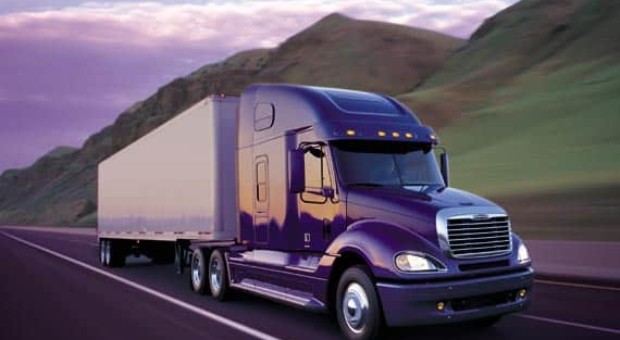
Delivering things quickly to customers is super important for stores and companies. They depend on last mile delivery a lot. The last mile delivery uses many trucks to get stuff to you fast and reliably.
However, consumer goods come in a wide variety of shapes and sizes. In addition, due to their perishability, some may require delivery in a temperature-controlled setting.
To meet these needs, companies utilize a wide range of trucks. This article discusses the most common types of last mile delivery trucks.
Common Last Mile Delivery Trucks
Common last mile delivery trucks come in a wide range of shapes, sizes, and functionalities. Let us explore the most common types of last mile delivery trucks-
- Day Cab Trucks-
Day cab trucks are one of the most popular types of last mile delivery trucks. They are often used alongside a commercial trailer to haul goods. This type of truck is perfectly equipped to haul a wide range of cargo.
The trucks were manufactured uniquely for brief journeys in city locations. Their small size allows drivers to steer skillfully through narrow roads.
Companies that specialize in these trucks, like the International Lonestar and International LT Series, ensure long-term durability and reliability.
- Sleeper Trucks-
Sleeper trucks and day cab trucks have the same job – carrying goods. However, sleeper trucks have an extra area for sleeping. This lets drivers rest on long trips instead of stopping every night. The trucks are mostly alike, but one key difference is the sleeper truck’s living space.
It usually offers amenities like a functioning bathroom, bedroom, cabinet space, dining space, and extra storage space.
The goal of providing these amenities is to allow truck drivers to relax in between driving in a comfortable space if they can’t find an adequate truck rest stop, especially while driving interstate or cross-country.
The sleeping compartment is usually placed right behind the driver
- Dry Van Trucks-
Trucks that carry goods not needing cold storage are dry van trucks. These vehicles have interiors enclosed. They are designed for transporting cargo that doesn’t require temperature control.
The trailer interiors often get waterproofed and sealed. This keeps cargo safe from damage by road debris and rain. It also prevents theft.
These trucks come in a wide range of sizes but are used to transport goods like furniture, electronics, clothing, and other non-perishable items like food.
- Flatbed Trucks-
Flatbed trucks, which can also be called deck trucks, transport goods openly. There’s no roof and no sides. Just a flat area to load and haul cargo of different sizes and shapes. No matter how big, bulky, or awkwardly shaped this truck can do the job. It’s ideal when cargo won’t squeeze into a regular dry van.
These versatile trucks are commonly used to deliver large, heavy machinery, construction material, lumbar, and similar cargo. Flatbed trucks are essentially used by construction, logistics, manufacturing, and agricultural industries.
- Reefer Trucks-
Reefers (refrigerated trucks) transport temperature-sensitive goods. They have insulated, enclosed interiors cooled by A/C units. The cargo area is smaller than standard dry vans to maintain a controlled environment.
These trucks are commonly used by the agricultural and pharmaceutical companies for delivering perishable items like medicines, fresh produce, processed foods, and dairy products.
Reefer trucks can also be used to deliver items which require to be transported in warmer conditions because of risk of freezing, like paint, glue, and oil.
- Box Trucks-
Box trucks, as the name implies, have a box shape designed for pallet deliveries. These trucks typically separate the driver’s area from the cargo box.
These trucks come in various sizes. However, they are used for deliveries between cities or locally. Easily maneuvering small streets is a key advantage.
They are commonly used for food deliveries, furniture deliveries, appliance deliveries, and for moving.
- Tanker Trucks-
Tanker trucks are last-mile delivery trucks used by companies to transport liquids and gasses, like water, pharmaceutical liquids, and petroleum.
The truck has a sealed, insulated, and pressurized tanker. This ensures liquids or gases transport with minimal leakage and optimal temperatures. Small-distance deliveries of hazardous, vital products are typical for such vehicles.
For most modern-day businesses, the significance of last-mile delivery trucks cannot be overstated. From the maneuverable dry cabs to the temperature-controlled reefer trucks, each vehicle serves a vital function to ensure the prompt and safe delivery of goods.
















